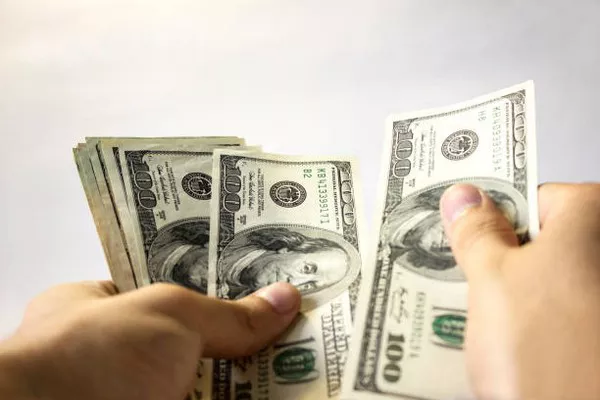In the realm of global finance, few factors wield as much influence as interest rates. Changes in interest rates can have profound implications for various financial instruments and currencies, including the US dollar (USD). As the world’s primary reserve currency, the USD is subject to shifts in monetary policy, especially those concerning interest rates set by the Federal Reserve. Understanding the dynamics of how rising interest rates affect the USD is crucial for investors, businesses, and policymakers alike.
The Relationship Between Interest Rates and Currency Values:
Interest rates play a pivotal role in determining the value of a currency. Generally, when interest rates rise, the attractiveness of holding that currency increases. This is because higher interest rates offer higher returns on investments denominated in that currency, attracting foreign investors seeking better yields. As a result, increased demand for the currency strengthens its value relative to other currencies.
Conversely, when interest rates fall, the currency becomes less appealing to investors, leading to a decrease in its value. Lower interest rates mean lower returns on investments, prompting investors to seek higher yields elsewhere. Consequently, the currency depreciates as demand wanes.
Impact of Rising Interest Rates on the US Dollar:
When interest rates rise in the United States, several key effects are observed in the foreign exchange market:
1. Strengthening of the US Dollar:
One of the most immediate consequences of rising interest rates is the strengthening of the US dollar. As mentioned earlier, higher interest rates make USD-denominated investments more attractive to foreign investors. Consequently, there is an increase in demand for the USD, causing its value to appreciate relative to other currencies.
2. Capital Inflows:
Rising interest rates in the US can lead to significant capital inflows from foreign investors seeking higher yields. This influx of capital can take various forms, including foreign direct investment (FDI), portfolio investment, and purchases of US government bonds. These capital inflows further bolster the demand for the USD, exerting upward pressure on its value.
3. Trade Effects:
While a stronger USD may benefit US consumers by making imported goods cheaper, it can have adverse effects on US exporters. A stronger dollar makes US exports more expensive for foreign buyers, potentially leading to a decline in export volumes. This trade effect can dampen economic growth and exacerbate trade deficits, as US goods become less competitive in international markets.
4. Impact on Borrowing Costs:
Rising interest rates typically translate into higher borrowing costs for businesses and consumers. As the Federal Reserve increases its benchmark interest rate, banks adjust their lending rates upwards. Higher borrowing costs can dampen consumer spending and business investment, potentially slowing down economic activity. However, this effect can be mitigated by the Federal Reserve’s intention to normalize monetary policy gradually.
5. Inflationary Pressures:
Higher interest rates are often employed as a tool to combat inflationary pressures in the economy. By raising borrowing costs, the Federal Reserve aims to curb excessive spending and prevent inflation from spiraling out of control. A more hawkish monetary policy stance can reassure investors and strengthen confidence in the USD as a store of value.
6. Impact on Emerging Markets:
Rising interest rates in the US can have significant spillover effects on emerging market economies. As investors flock to higher-yielding assets in the US, capital outflows from emerging markets may occur, putting downward pressure on their currencies and causing asset price volatility. Additionally, higher US interest rates can increase the debt burden of emerging market economies that have borrowed in USD, as servicing USD-denominated debt becomes more expensive.
Policy Implications and Considerations:
Central banks and policymakers around the world closely monitor developments in US interest rates and their impact on the USD. In response to rising interest rates in the US, central banks of other countries may adjust their own monetary policies to maintain exchange rate stability and support economic growth. Additionally, policymakers in emerging market economies may implement measures to mitigate the adverse effects of capital outflows and currency depreciation.
Conclusion:
Rising interest rates in the United States can have far-reaching consequences for the US dollar and the global economy. While a stronger USD may enhance its appeal to investors and help contain inflationary pressures, it can also pose challenges for US exporters and emerging market economies. Understanding the complex interplay between interest rates, currency values, and economic variables is essential for navigating the dynamic landscape of global finance. As monetary policy evolves, market participants must remain vigilant and adapt their strategies accordingly to capitalize on opportunities and mitigate risks in an ever-changing environment.


